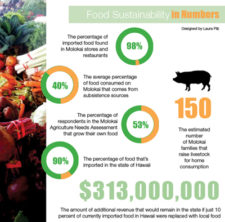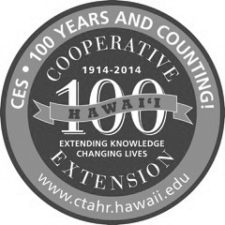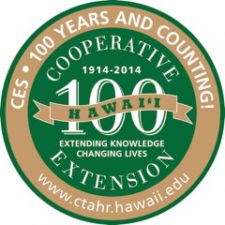Feeding Molokai Sustainably

Molokai used to be known as “Molokai `Aina Momona,” or the abundant land, for its plentiful food supply that fed a population many times its current size. Like much of the state, Molokai now imports most of the food found in its stores and restaurants — 98 percent, in fact.
But the food served on Molokai’s dinner tables is a different story. About 40 percent of food consumed comes from subsistence sources such as hunting, fishing, gathering and home grown fruits and vegetables, according to a 2012 study conducted by Sust `aina ble Molokai.
“[The high level of subsistence] means that if disaster hits, Molokai is actually better off than other islands even though food production is less [than other islands],” said Emillia Noordhoek, executive director of Sust `aina ble Molokai.…












